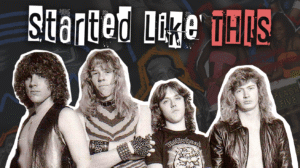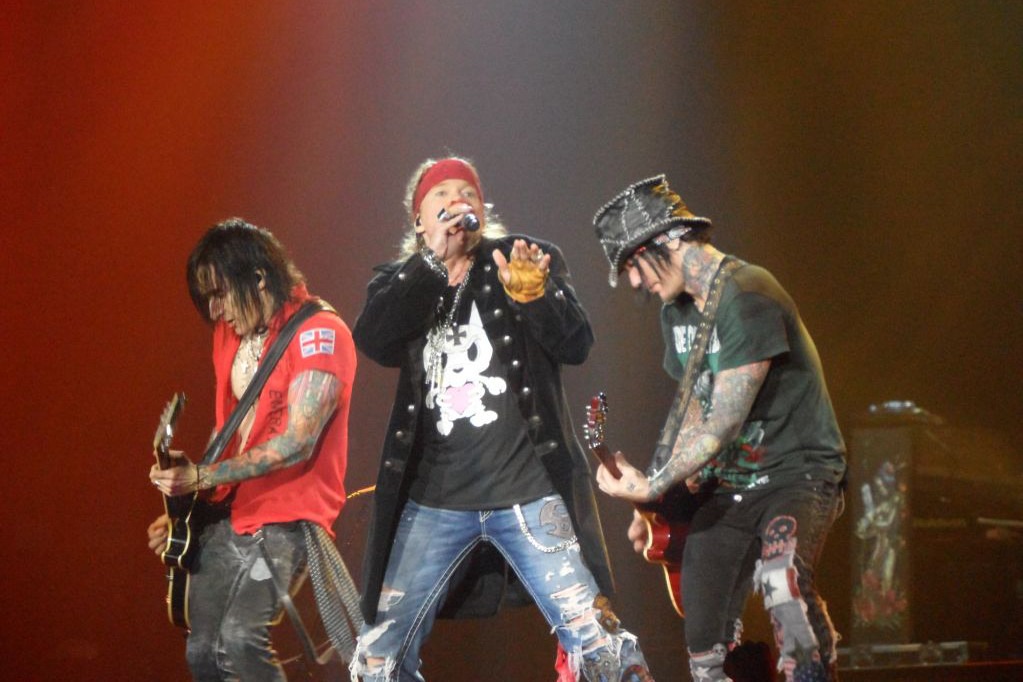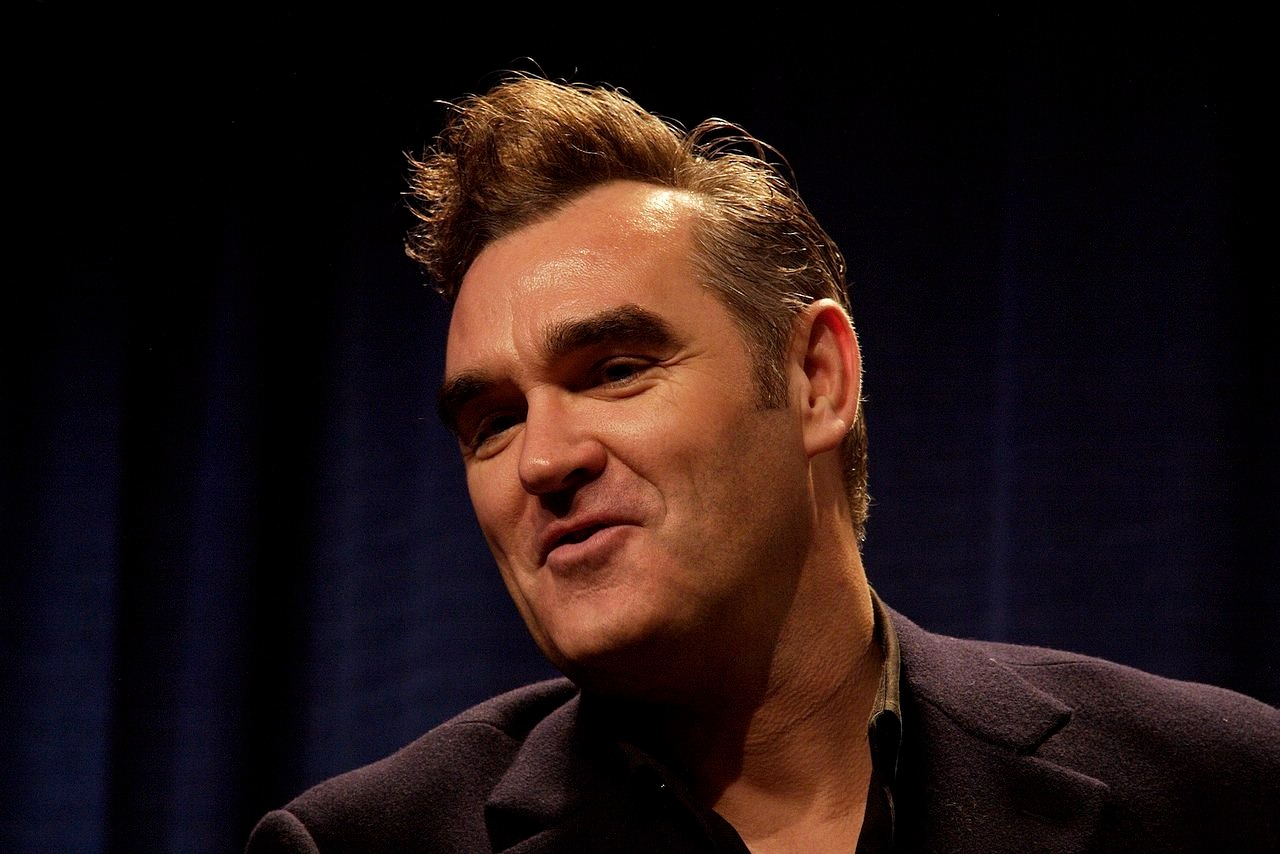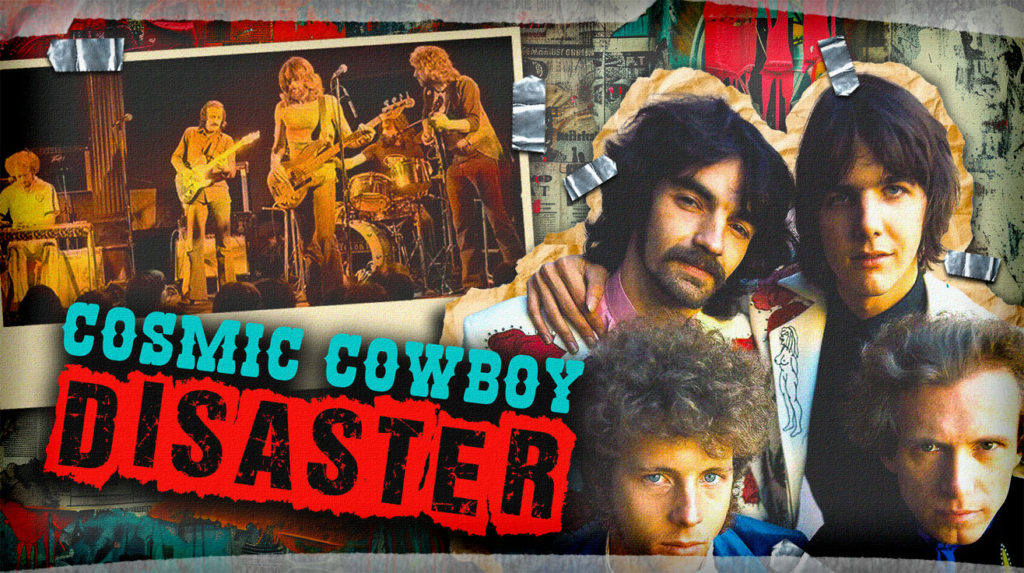
California Country Rock didn’t knock politely on music’s door—it kicked it down wearing rhinestone Nudie suits. In 1960s Southern California, this sound emerged when folk idealism crashed into rock’s electric edge and country’s storytelling heart. These pioneers transformed separate genres into gold, creating soundtracks for a generation caught between tradition and rebellion. The music flowed like a cross-country road trip—from dusty Bakersfield honky-tonks to Laurel Canyon’s bohemian hills, weaving tales of cowboys, dreamers, and sun-bleached highways that felt both nostalgic and brand new.
10. Buffalo Springfield: The Cosmic Accident That Changed Everything
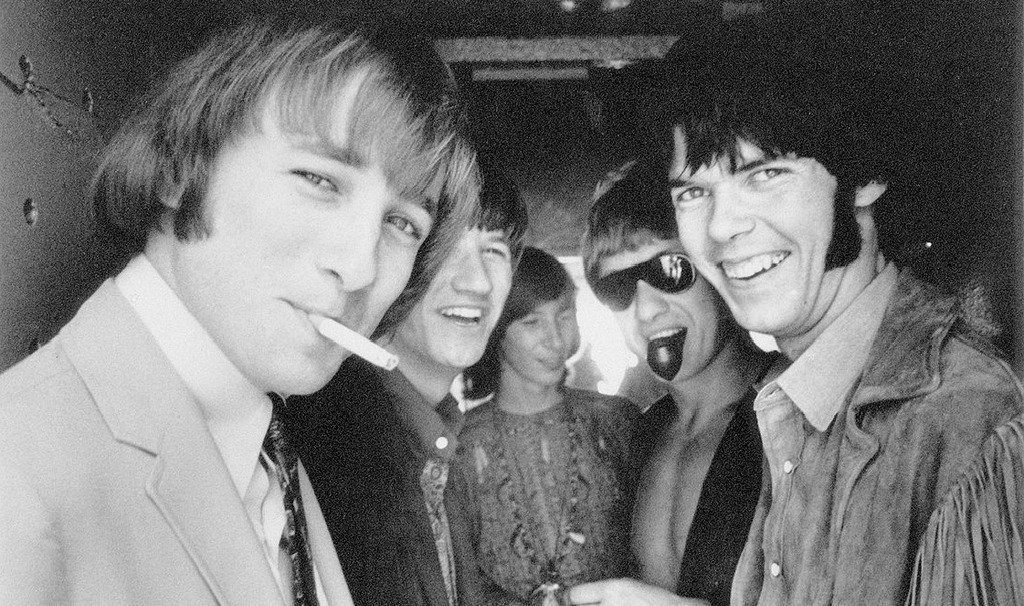
Neil Young rolled into Los Angeles in a hearse named “Mort”—like something from a Wes Anderson film about musical destiny. When he crossed paths with Stephen Stills, fresh from folk group the Au Go Go Singers, the universe conspired to create magic. Their chance meeting sparked a band that debuted at the Troubadour after just five days of rehearsal, quickly landing a residency at the Whisky a Go Go.
The band’s defining moment came when Stills witnessed the Sunset Strip riots outside Pandora’s Box club. The resulting “For What It’s Worth” captured the era’s tension with spooky precision. Though often mistaken as an anti-war anthem, this song showed how Buffalo Springfield could turn current events into timeless music, blending folk’s conscience with rock’s urgency.
9. Buffalo Springfield’s Beautiful Dysfunction
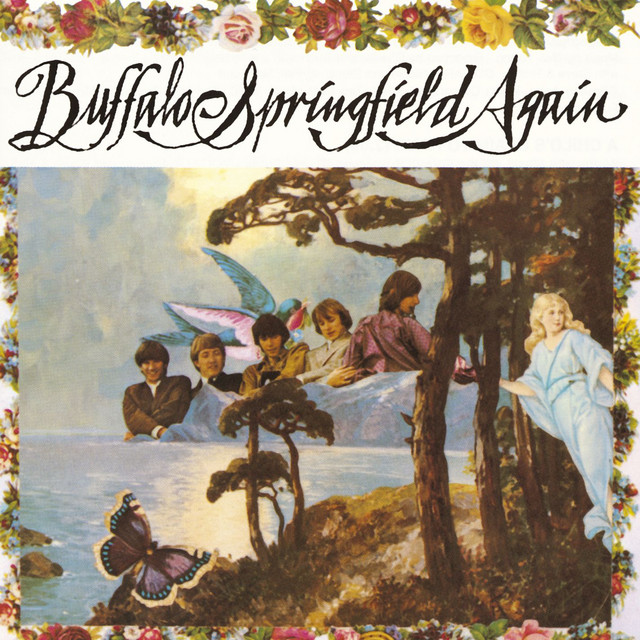
Buffalo Springfield worked like a pressure cooker ready to explode. Richie Furay’s bitter masterpiece “Child’s Claim to Fame” aired his beef with Neil Young‘s flaky nature—basically a breakup song about band drama before Twitter made such fights public sport. Meanwhile, bassist Bruce Palmer‘s constant deportations back to Canada created a revolving door that would challenge any group’s stability.
When Jim Messina arrived as Palmer’s replacement, he brought technical skills, but the group’s chaos remained. Their creative process was pure madness. One Topanga Canyon jam session ended with arrests for disturbing the peace—the ultimate rock credential in 1967. Through this beautiful mess, songs like Furay’s “Kind Woman” emerged, offering the first clear taste of the country-rock sound that would soon rule California.
8. Bob Dylan Goes Nashville: The Game-Changer
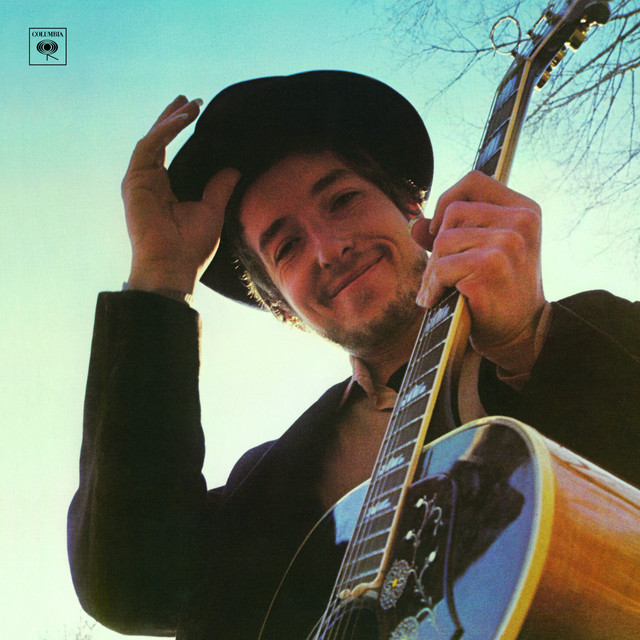
In 1967, embracing country music was like showing up to Woodstock in a three-piece suit. When Bob Dylan released John Wesley Harding album, he didn’t just pivot—he rewrote the rules. While his peers expanded minds through psychedelic soundscapes, Dylan stripped everything back to acoustic guitars and simple arrangements, telling stories soaked in American folklore.
The album arrived with zero hype—a stark contrast to the flashy marketing of psychedelic releases. This Nashville-recorded collection felt like Dylan having a quiet chat while everyone else shouted through megaphones. His authenticity gave country influences the cool factor for a generation of rock musicians who might have dismissed the genre as hopelessly square.
7. Gram Parsons Hijacks The Byrds

The Byrds faced the classic rock band midlife crisis—their psychedelic experiments weren’t connecting like their earlier folk-rock hits—when Gram Parsons entered like a musical life coach with laser focus. With his Harvard education, trust fund background, and encyclopedic country knowledge, Parsons was the unlikely savior who convinced Roger McGuinn and Chris Hillman to embrace their inner Hank Williams.
After joining in 1968, Parsons steered the band toward “Sweetheart of the Rodeo,” an album that landed like a country UFO in rock’s landscape. Their Grand Ole Opry appearance became music’s version of showing up to a black-tie dinner in tie-dye. The traditional country crowd responded with barely hidden hostility toward these long-haired invaders. The album bombed commercially but planted seeds for the entire country-rock movement.
6. The Flying Burrito Brothers: Cosmic Cowboys in Nudie Suits
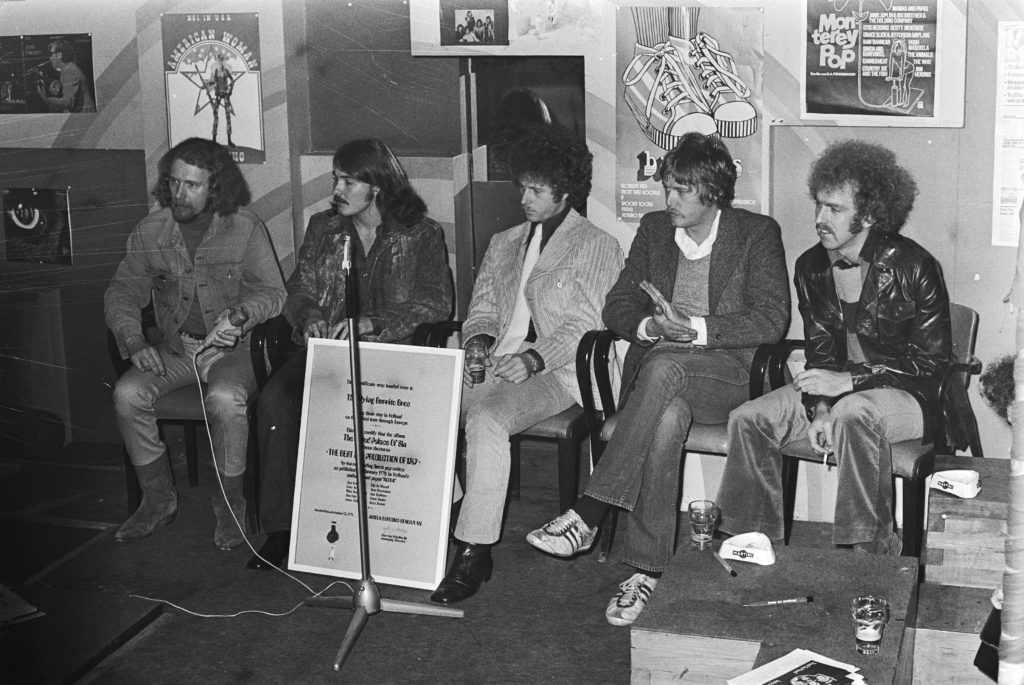
When Gram Parsons and Chris Hillman formed The Flying Burrito Brothers, they created country rock’s first true lab experiment. They fused Nashville’s songcraft with Bakersfield’s twang and rock’s attitude, dressing in custom Nudie suits—Parsons’ famously decorated with marijuana leaves, pills, and naked women. The visual clash perfectly matched their musical fusion.
Their debut “The Gilded Palace of Sin” delivered anthems like “Sin City” and the heartbreaking “Hot Burrito Number One.” Parsons’ Telecaster cut through Bernie Leadon‘s banjo and pedal steel, creating a sound both rootsy and electric. The band worked like a beautiful disaster—Mick Jagger once lectured Parsons for missing a gig, which is like getting punctuality advice from a fox in a henhouse.
5. Gram Parsons’ Burning Legacy
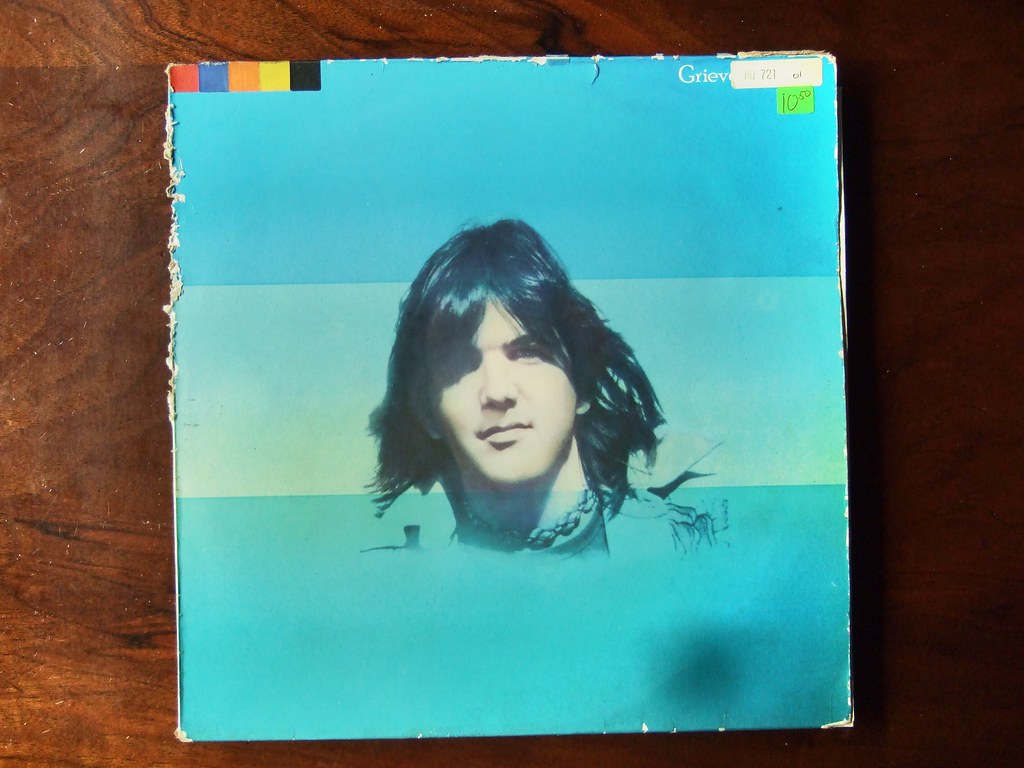
Gram Parsons lived and died like a character from his own songs—romantic, tragic, larger than life. His solo career represented country rock’s purest form, especially after recruiting Emmylou Harris. Her crystal-clear vocals provided the perfect counterpoint to his weathered delivery. Their harmonies on “Love Hurts” remain the gold standard for male-female country duets.
Parsons’ death at 26 in Joshua Tree became rock mythology when road manager Phil Kaufman stole his body from LAX and tried to cremate it in the desert. This dramatic ending overshadowed the fact that Parsons never achieved major commercial success. His albums “GP” and “Grievous Angel” sold modestly but became textbooks for artists from Elvis Costello to Wilco.
4. Linda Ronstadt: The Voice That Launched a Thousand Bands
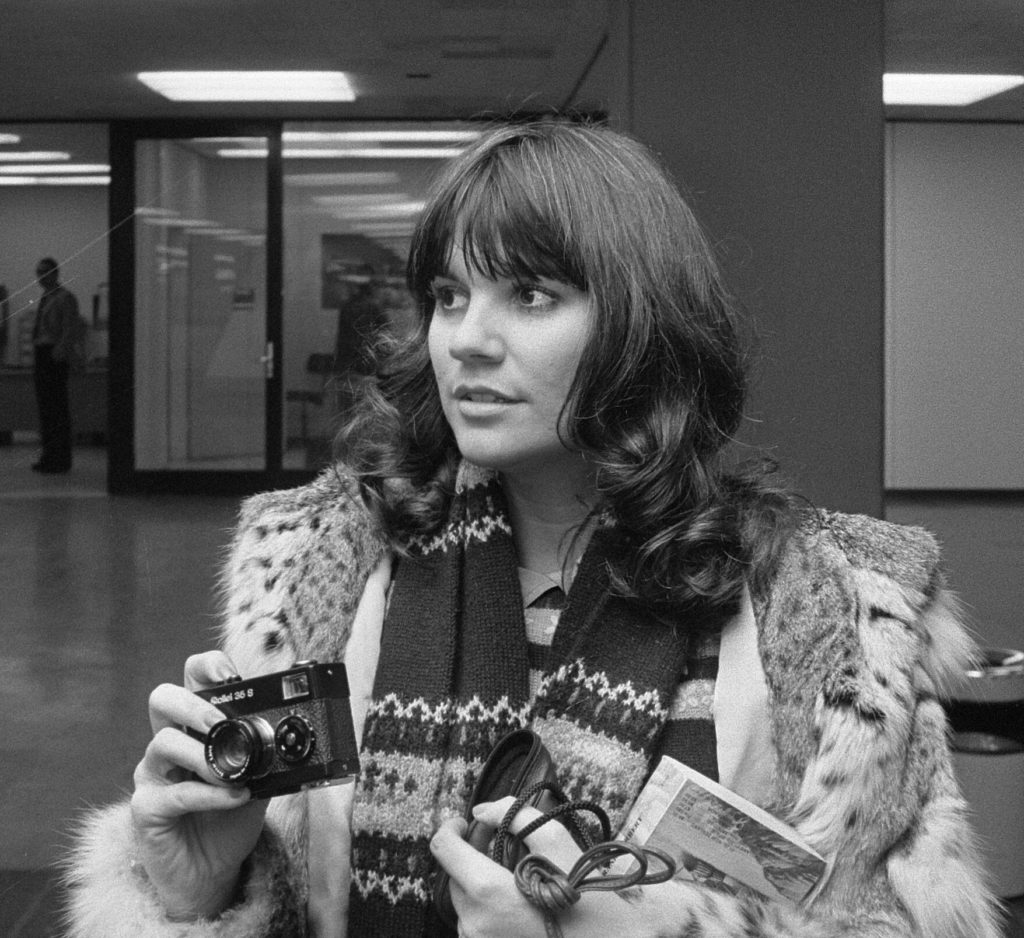
Linda Ronstadt arrived in the California scene like a Ferrari in a parking lot of vintage pickup trucks—sleek, powerful, impossible to ignore. After leaving Tucson for Los Angeles and finding success with The Stone Poneys, Ronstadt showed an uncanny ability to spot talent and pick material that would define the California sound.
Her touring band became a country-rock boot camp, featuring future Eagles Glenn Frey and Don Henley. They learned how to blend country authenticity with rock energy while backing Ronstadt’s powerhouse vocals. When “Heart Like a Wheel” broke through in 1974, it proved country rock could produce genuine superstars, not just critical darlings.
3. Neil Young’s Harvest: Lightning in a Mason Jar
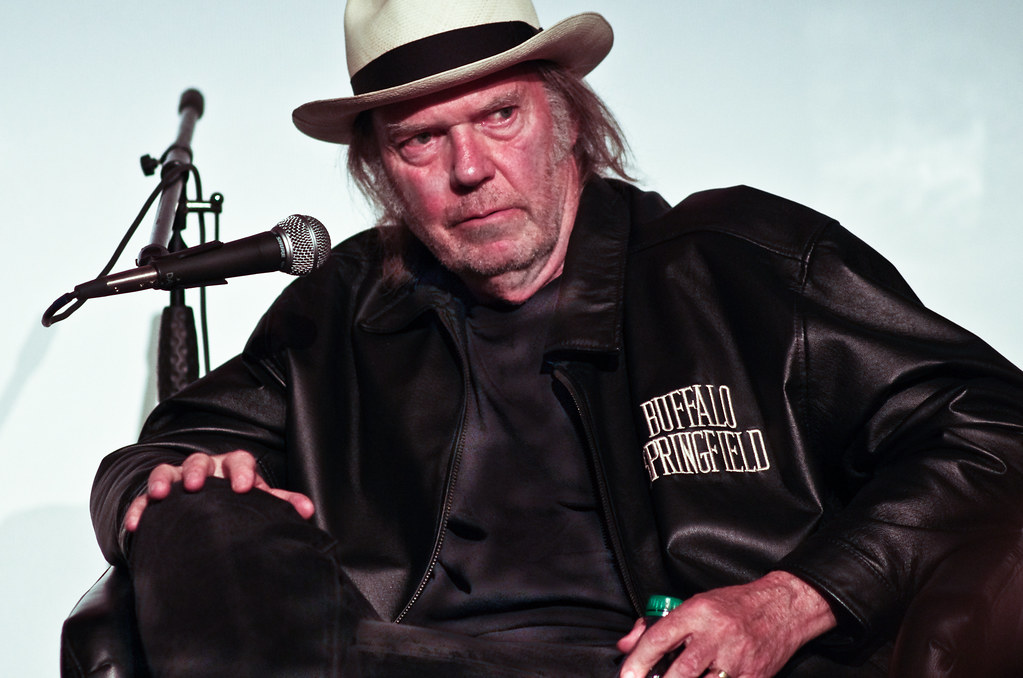
When Neil Young appeared on The Johnny Cash Show in 1971, it signaled country rock’s mainstream arrival. His album “Harvest,” recorded with the Stray Gators, became the musical equivalent of capturing lightning in a mason jar—organic, powerful, impossible to replicate.
“Heart of Gold,” featuring Linda Ronstadt and James Taylor on backing vocals, gave Young his only number‑one hit. The song’s simple chord progression (Em‑C‑D‑G) and James Burton’s subtle Telecaster work created country rock’s commercial breakthrough. “Old Man,” inspired by the caretaker of Young’s Broken Arrow Ranch, showed how personal stories could achieve universal appeal. The album topped charts worldwide, becoming 1972’s best‑seller.
2. Poco: The Unsung Heroes of Harmony
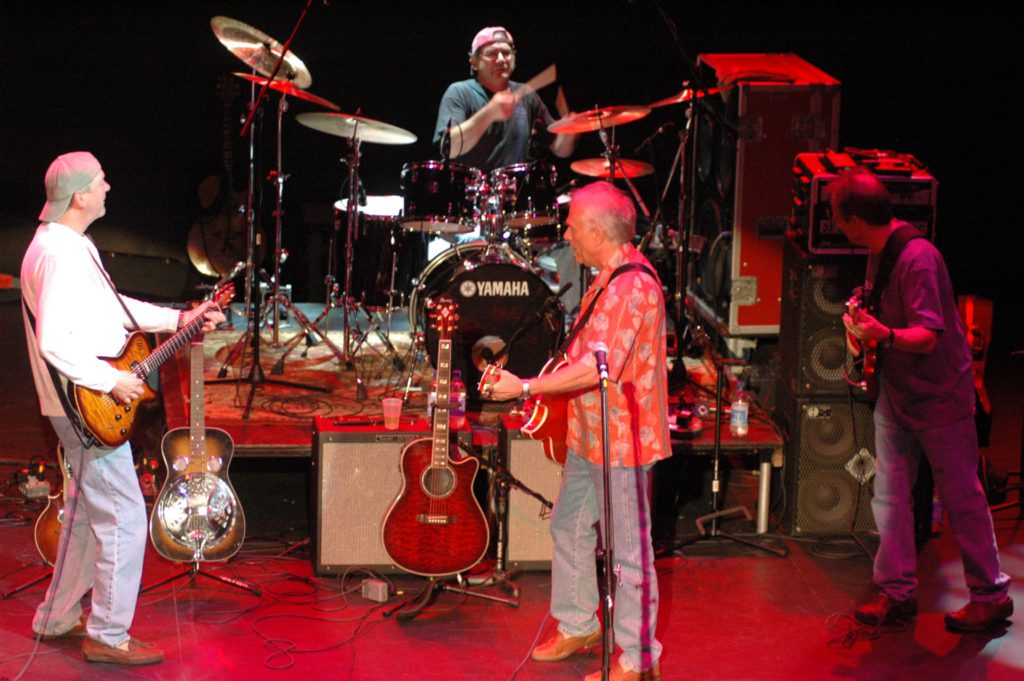
When Buffalo Springfield imploded, Richie Furay and Jim Messina built something beautiful from the wreckage. Poco was the country‑rock equivalent of building a custom hot rod from spare parts. Their vision—blending rock’s energy with country’s authenticity—helped establish the blueprint others would follow to greater success.
Rusty Young‘s pedal steel became the band’s sonic signature, adding country credentials to their rock foundation. His steel work on tracks like “Pickin’ Up the Pieces” influenced the entire Laurel Canyon scene with seamless harmonies and instrumental prowess. Despite lineup changes and departures to more successful ventures, Poco maintained their musical vision with marathon runner persistence.
1. The Eagles: Country Rock’s Perfect Storm
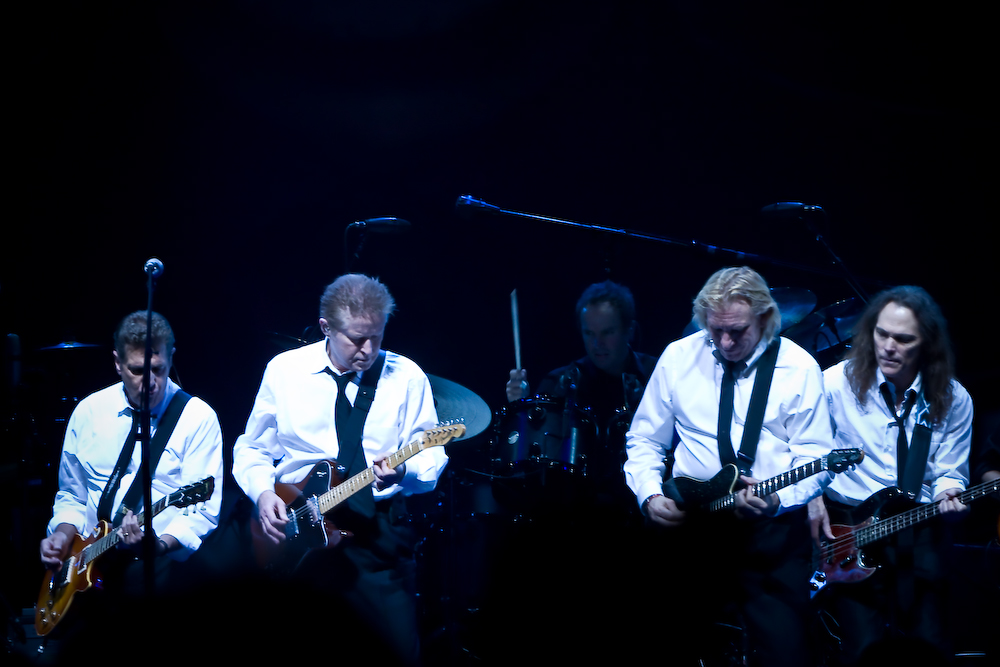
The Eagles began as country rock’s perfect storm—four talented musicians who understood how to translate the genre’s appeal to mass audiences. The LA scene’s interconnectedness brought them together, with Linda Ronstadt‘s band serving as their training ground.
Bernie Leadon‘s country credentials proved crucial to their early sound. His banjo work on Take It Easy and pedal steel on “Peaceful Easy Feeling” established their country‑rock credibility.






